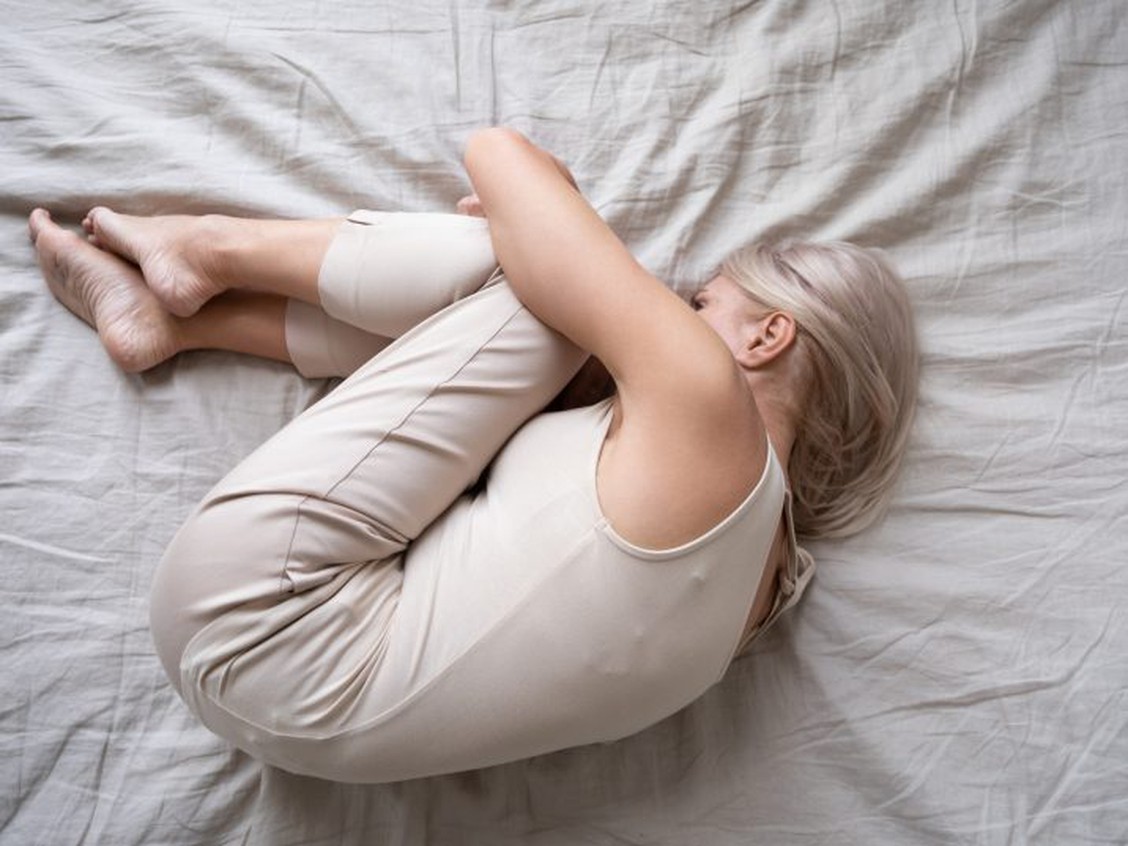You are here
Home 🌿 Medical Cannabis News 🌿 N.S. research suggests women may be upping cannabis use to cope with depresion 🌿N.S. research suggests women may be upping cannabis use to cope with depresion

Nova Scotia investigators looking at women with pre-menstrual dysphoric disorder (PMDD) found that using more cannabis appeared to be a coping motive for dealing with depressed mood before and during menstruation.
The observational study involved using data from the electronic daily diaries of 69 naturally cycling female cannabis users with or without retrospectively identified PMDD over 32 days, notes the research paper in Addiction.
Investigators considered participant saliva samples on low and high progesterone days of their respective menstrual cycles and reported cannabis use and depressive symptoms.
Those taking part in the study used cannabis four or more times during the month, according to Psychiatry Advisor. The 19 women with retrospectively identified PMDD had higher rates of persistent depressive disorder, used cannabis on more days and consumed more standard joint equivalents per day
While women with PMDD had higher depressive symptoms and cannabis use during pre-menstrual and menstruation days, there was no correlation observed between positive mood and cannabis use, the publication notes.
Study authors report that coping motives explained heightened cannabis use both pre-menstrually and menstrually among those with PMDD, while depressed mood explained increased weed use menstrually.
With regard to positive mood and enhancement motives, they write these “were associated with decreased cannabis use during the follicular/ovulatory phases,” they add.
PMDD is a severe “form of a common problem called premenstrual syndrome, or PMS,” notes information from the Nova Scotia government. About three-quarters of women of childbearing age have some PMS problems, with an estimated three to nine per cent of them experiencing PMDD.
Symptoms of the latter include sadness and crying, feeling nervous or anxious, anger or irritability, strong cravings for certain foods, problems paying attention and concentrating, fatigue, trouble sleeping and physical problems such as breast tenderness, headaches, joint or muscle pain and swelling or bloating, the information reports.

Fatigue and trouble sleeping are among the many symptoms of PMDD. / PHOTO BY MADROLLY / ISTOCK / GETTY IMAGES PLUS
An article published in Addiction Research & Therapy in 2017 gathered input from women who reported having experienced PMS and PMDD and also endorsed lifetime cannabis use. “Women were found to hold meaningful expectancies that cannabis would treat all PMS/PMDD symptoms, except for overeating/food cravings. Cannabis treatment expectancies were positively associated with PMS/PMDD symptoms and with monthly cannabis use, and were negatively associated with cannabis-related problems,” the authors wrote.
The National University of Natural Medicine advises that ruling out psychiatric disorders first is important when diagnosing PMDD. “Ruling out other disorders ensures that the peri-menstrual disturbance is not an exacerbation of other mental impairments such as a major depressive disorder, panic disorder, bi-polar disorder, dysthymia or a personality disorder,” NUNM contends.
Authors of the N.S. study suggest the reported rates of cannabis use among Canadian females may be of concern given that women “progress to cannabis use disorder more rapidly than males and have higher rates of emotional disorder co-morbidity.”
Also of possible concern, they write, is “addictive behaviours may change, along with mood and motivations,” across the menstrual cycle, particularly for those with PMDD.
420 Intel is Your Source for Marijuana News
420 Intel Canada is your leading news source for the Canadian cannabis industry. Get the latest updates on Canadian cannabis stocks and developments on how Canada continues to be a major player in the worldwide recreational and medical cannabis industry.
420 Intel Canada is the Canadian Industry news outlet that will keep you updated on how these Canadian developments in recreational and medical marijuana will impact the country and the world. Our commitment is to bring you the most important cannabis news stories from across Canada every day of the week.
Marijuana industry news is a constant endeavor with new developments each day. For marijuana news across the True North, 420 Intel Canada promises to bring you quality, Canadian, cannabis industry news.
You can get 420 Intel news delivered directly to your inbox by signing up for our daily marijuana news, ensuring you’re always kept up to date on the ever-changing cannabis industry. To stay even better informed about marijuana legalization news follow us on Twitter, Facebook and LinkedIn.




